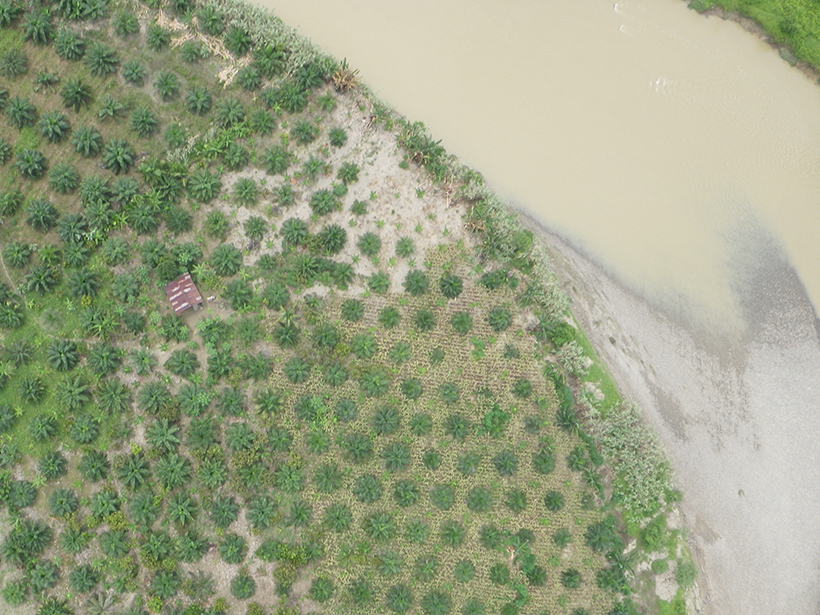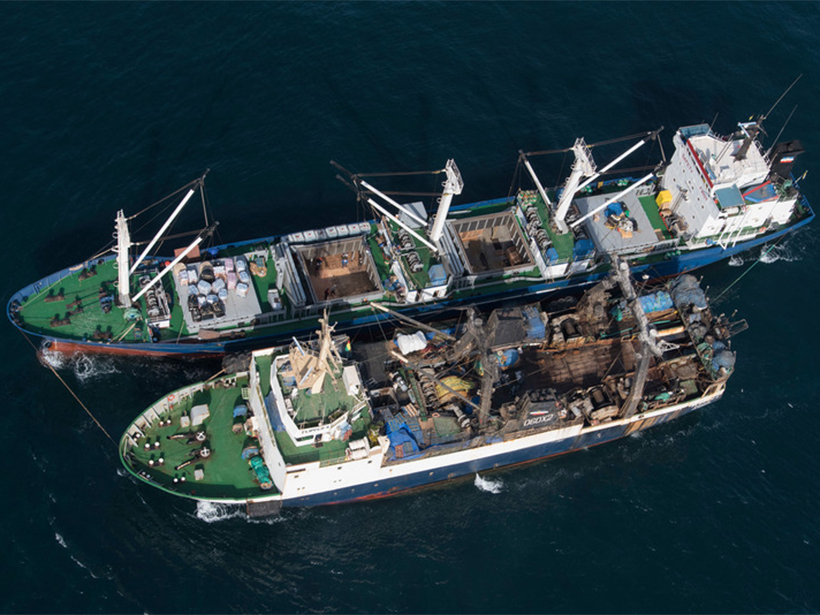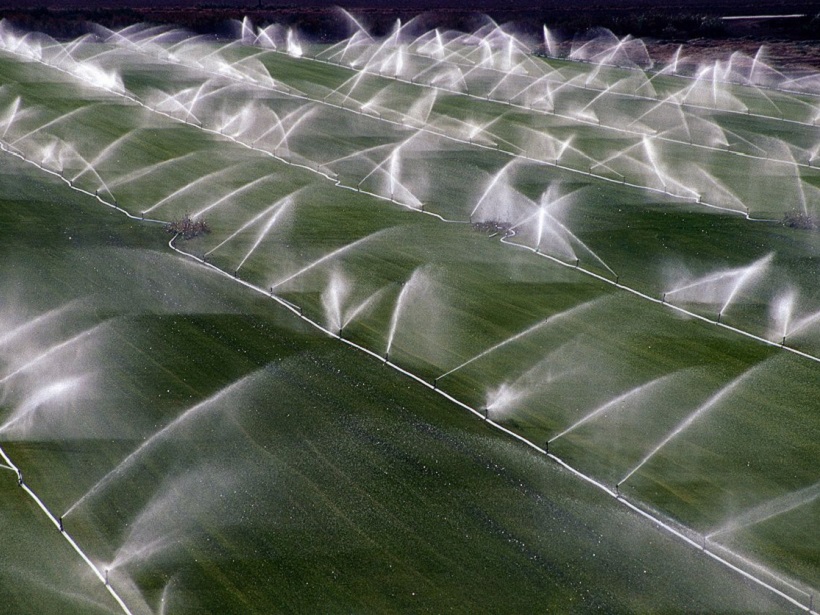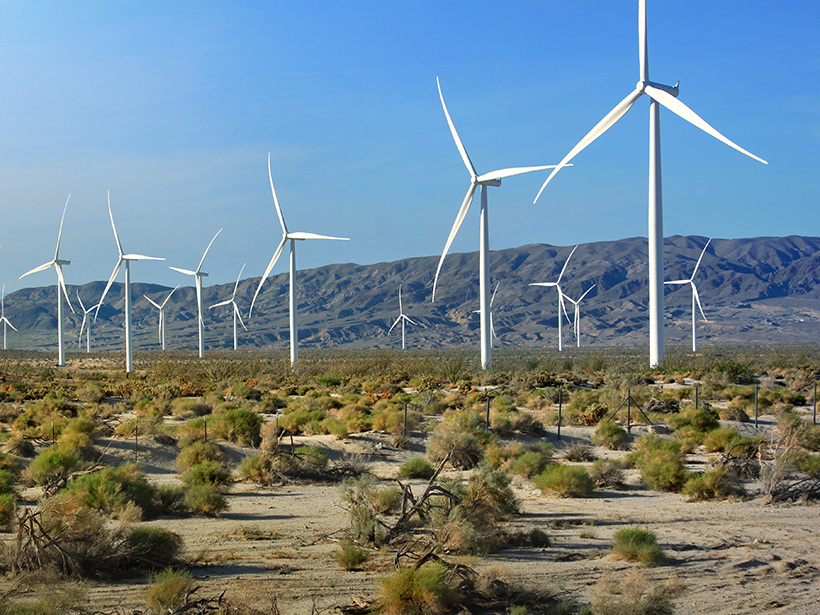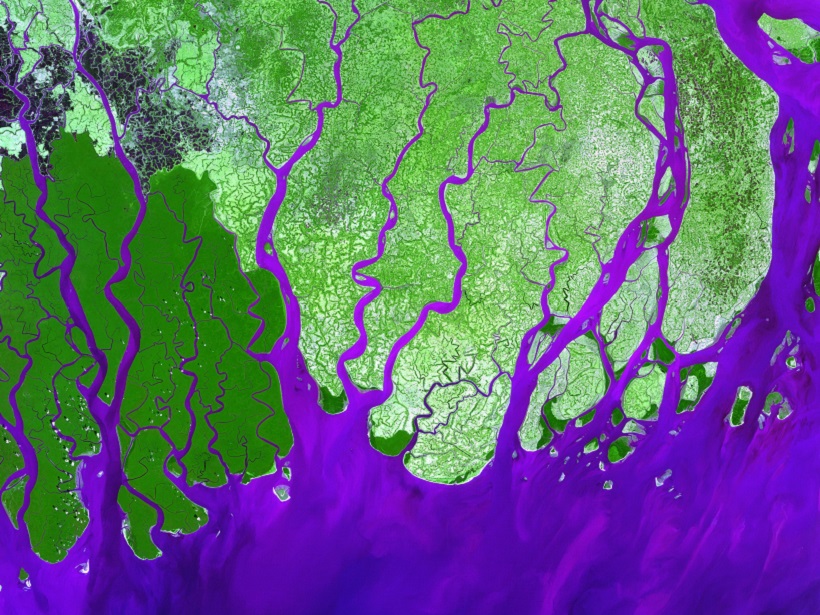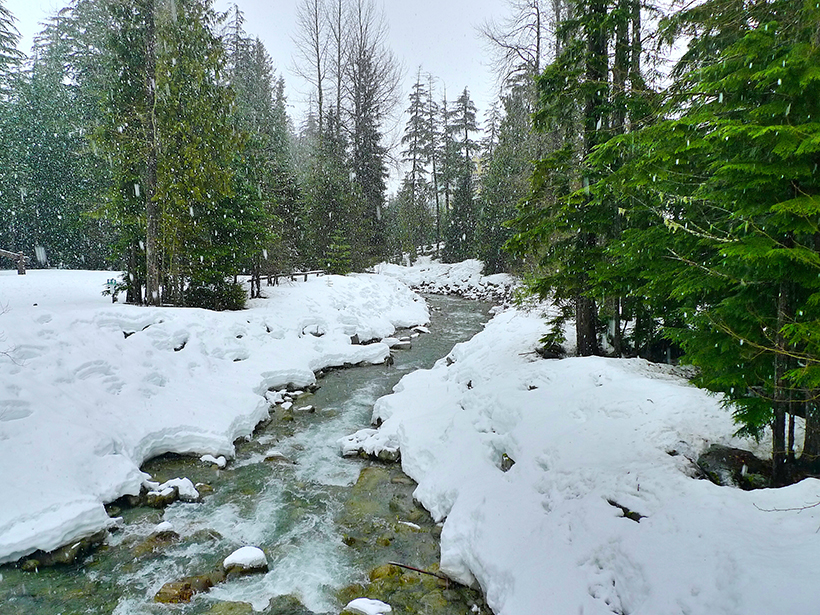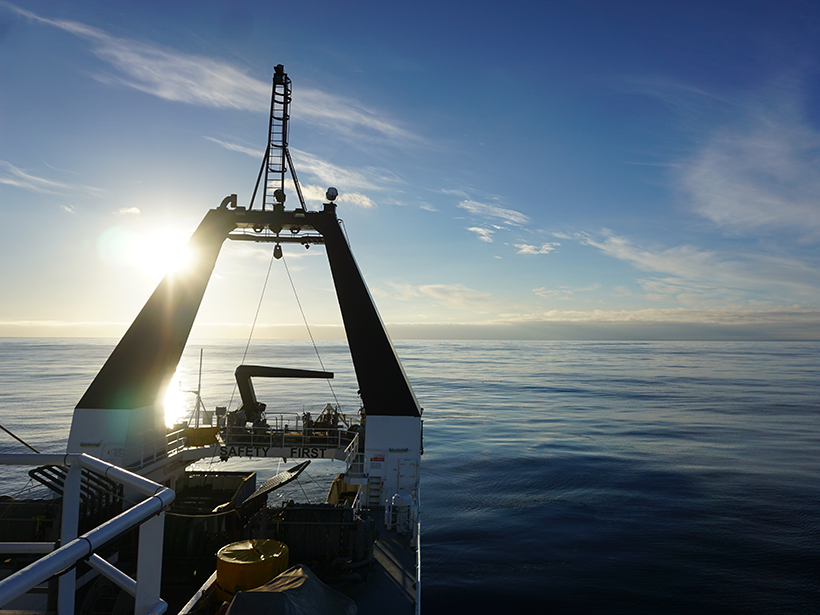IGCS Summer School 2018 on Coastal and River Hazards & Management Strategies; Aachen, Germany, 14–25 July 2018
Natural Resources
Water Resources Challenges Expected to Increase
A new report identifies the highest-priority challenges and recommendations for the U.S. Geological Survey’s water mission.
Conserving Riverside Habitat Could Bolster Bottom Lines
Palm oil is in demand, and its agricultural footprint is expanding in the tropics. New research suggests that habitat buffers could improve conservation and prevent erosion that cuts into economic returns.
Illegal Seafood Supply Chains Can Now Be Tracked by Satellite
Researchers pinpoint more than 10,000 likely transfers of catches between fishing vessels and cargo ships at sea. Knowing where these transfers occur can help officials crack down on illegal activity.
The Challenges of Meeting Future Food, Energy, and Water Needs
The inherent interlinkages between food, energy, and water systems present both challenges and opportunities for a more sustainable future on Planet Earth.
Clean Energy Gains Ground
A new report documents the rise of clean energy despite the Trump administration’s focus on fossil fuels. Several Congress members call renewable energy a bipartisan issue that’s good for the economy.
Meeting the Mineral Needs of the United States
A recent report points out where the United States is most dependent on mineral imports and highlights some ways for reducing this dependence.
Quantifying Uncertainty About Earth’s Resources
A new book explores how uncertainty quantification can enable optimal decisions in the exploration, appraisal, and development of subsurface resources.
How Can We Find Out How Much Snow Is in the World?
In Colorado forests, NASA scientists and a multinational team of researchers test the limits of satellite remote sensing for measuring the water content of snow.
How Offshore Groundwater Shapes the Seafloor
The MARCAN project, launched last January, is working to fill a gap in our knowledge of how freshwater flowing underground shapes and alters the continental margins.



